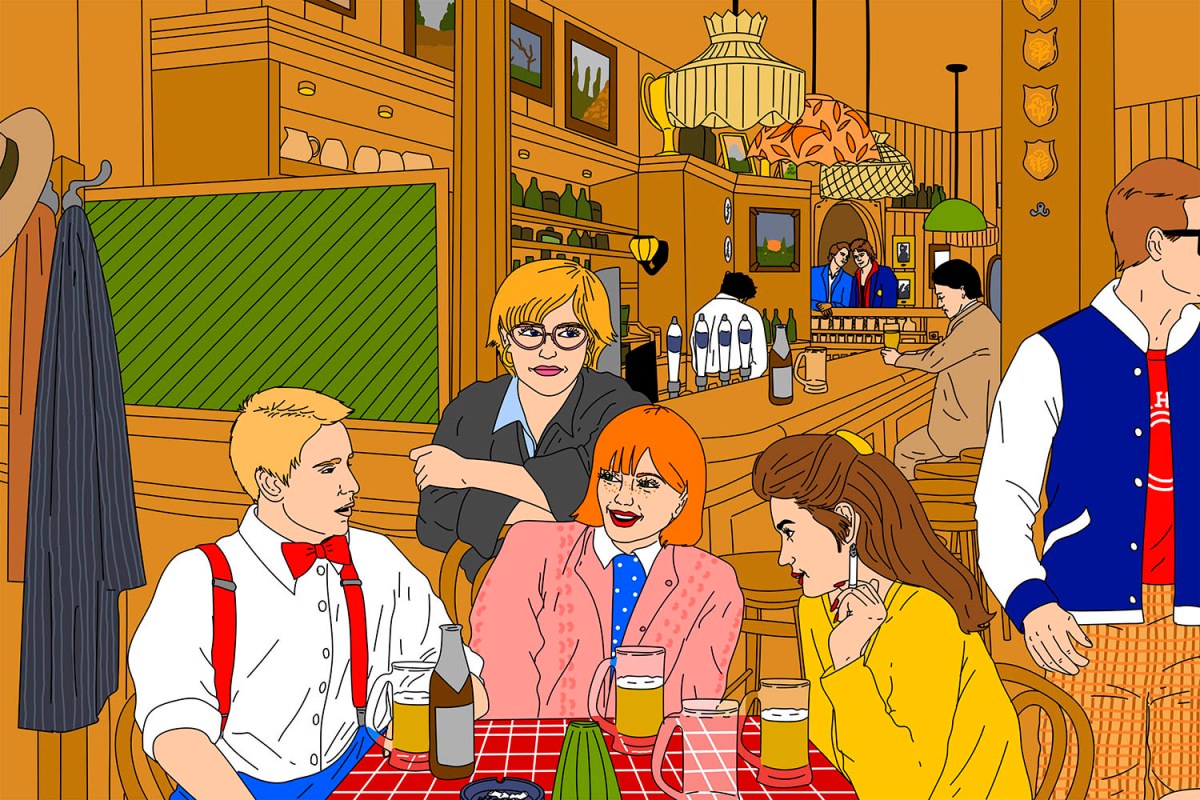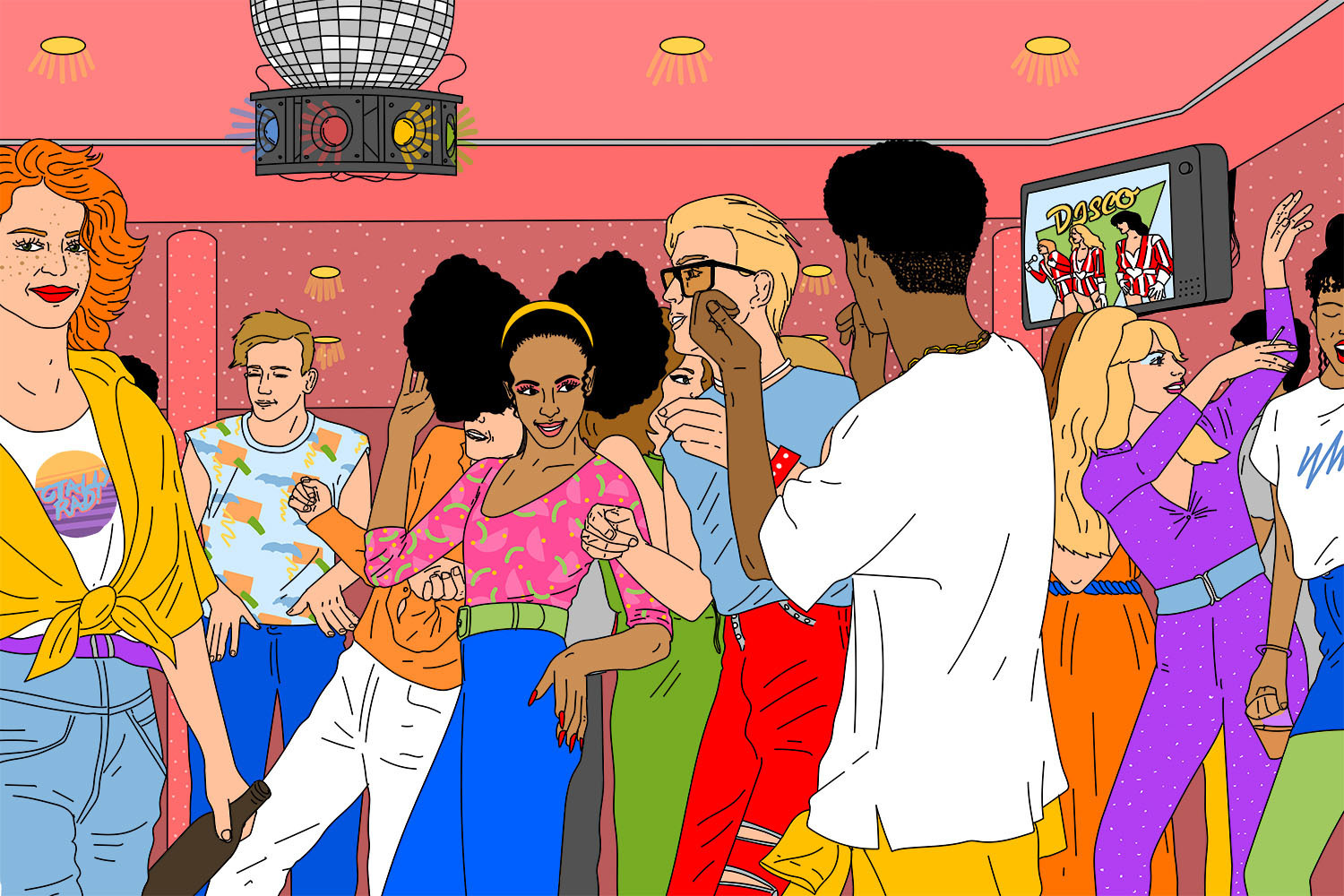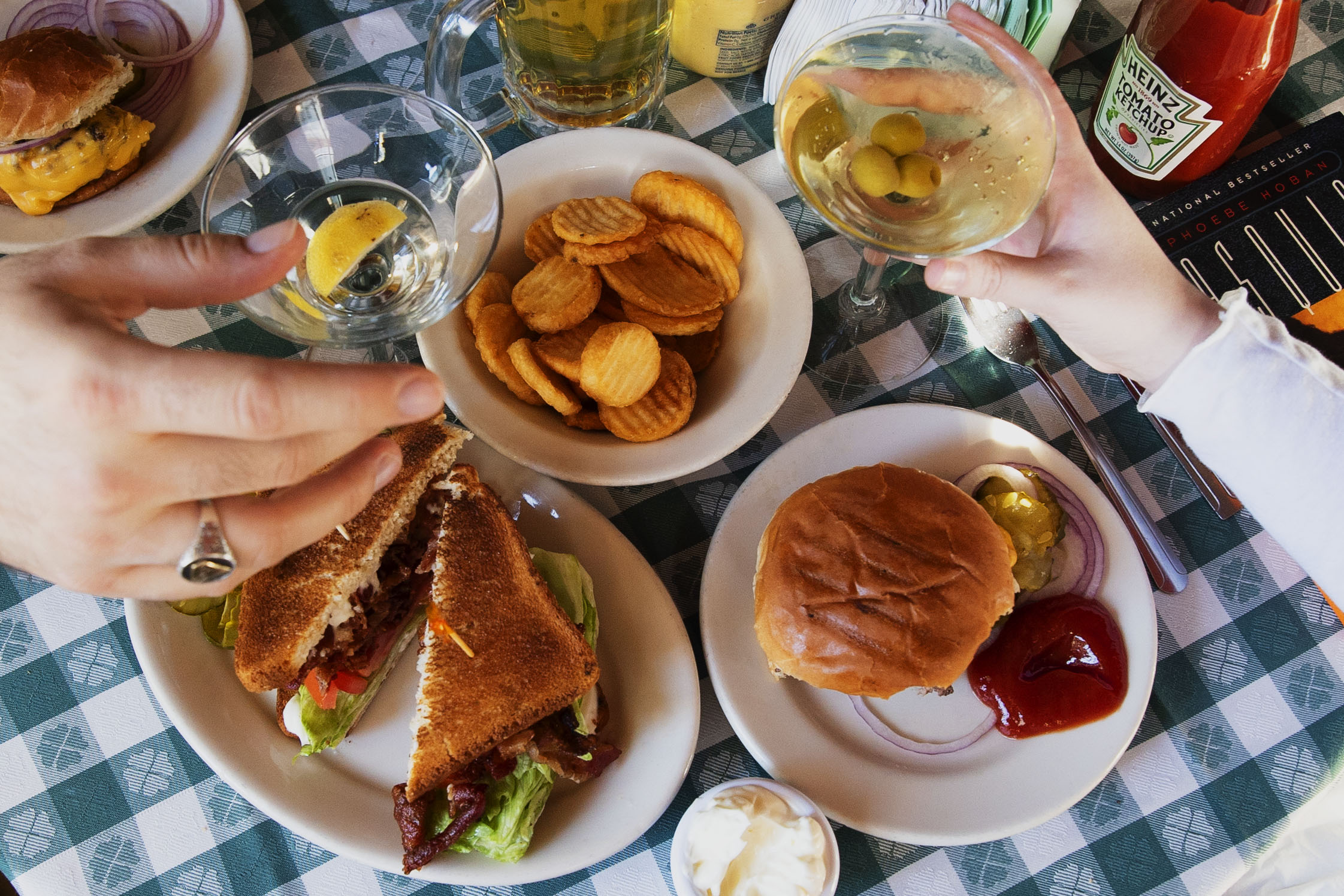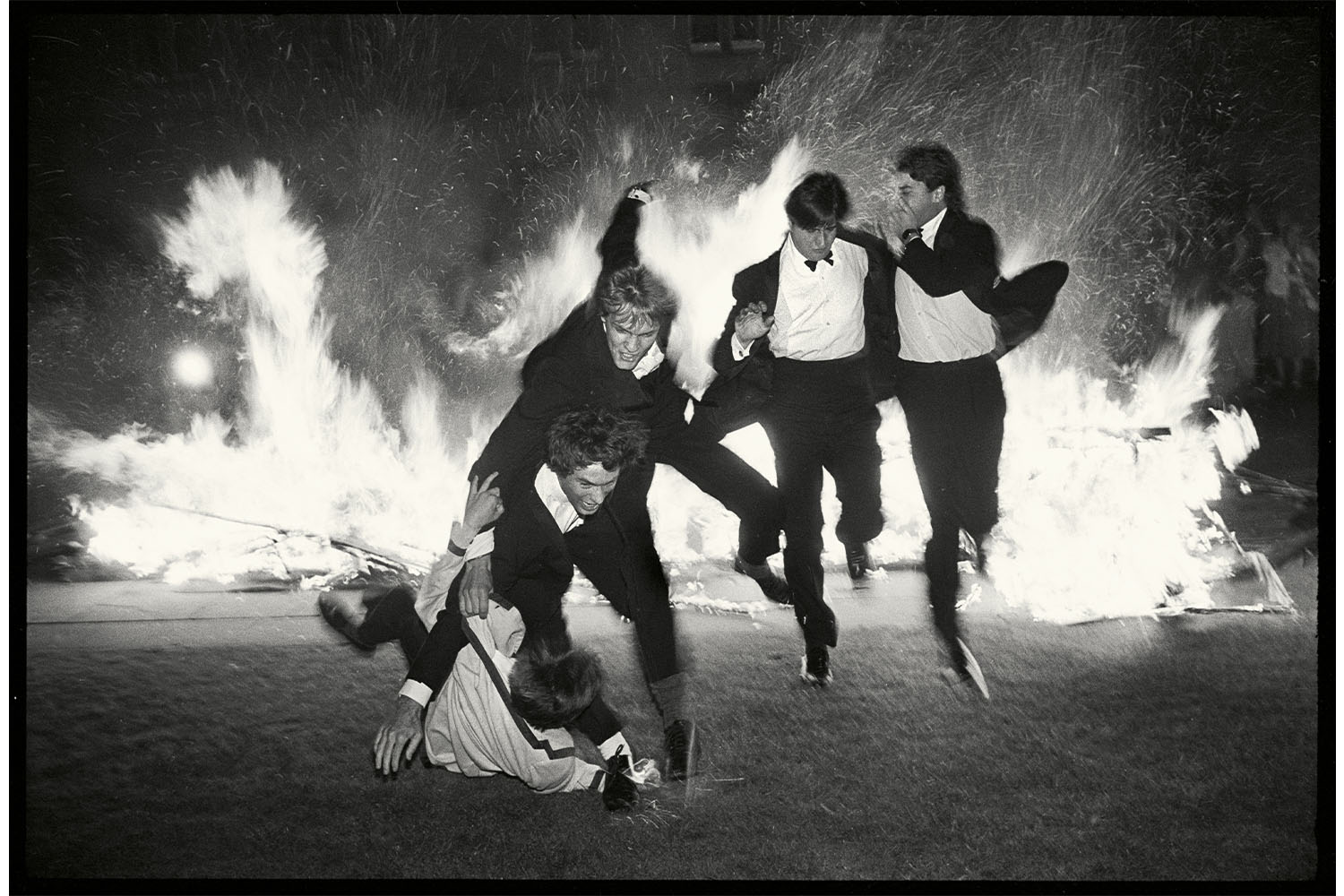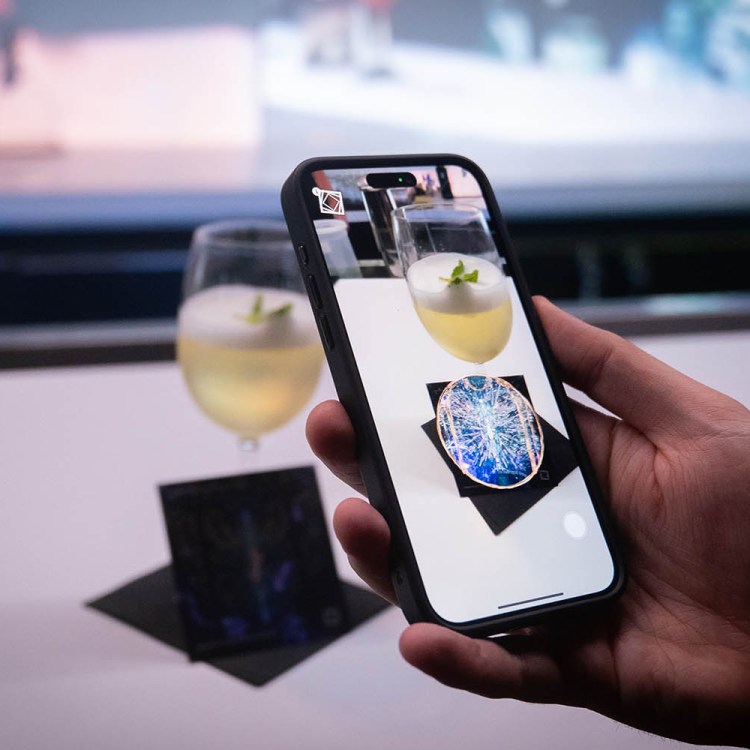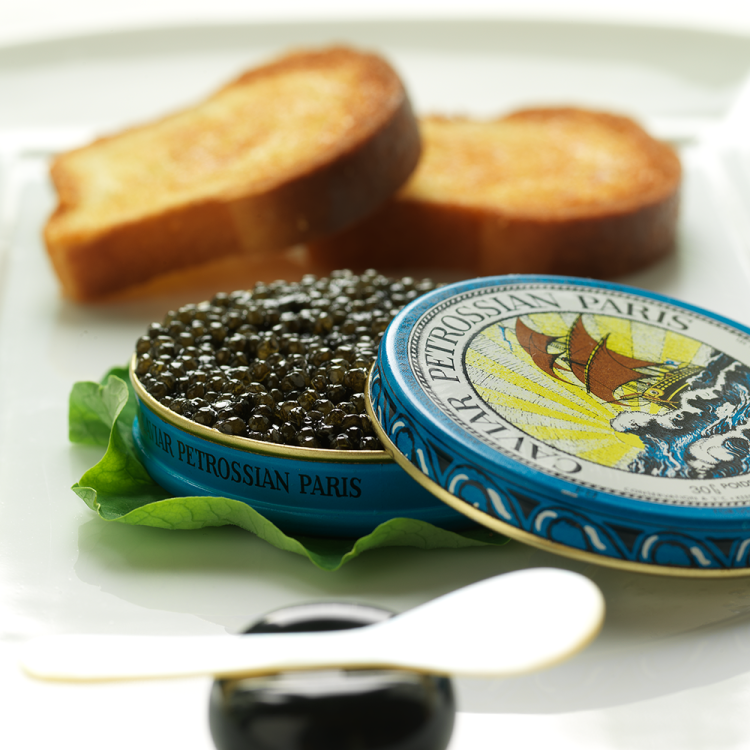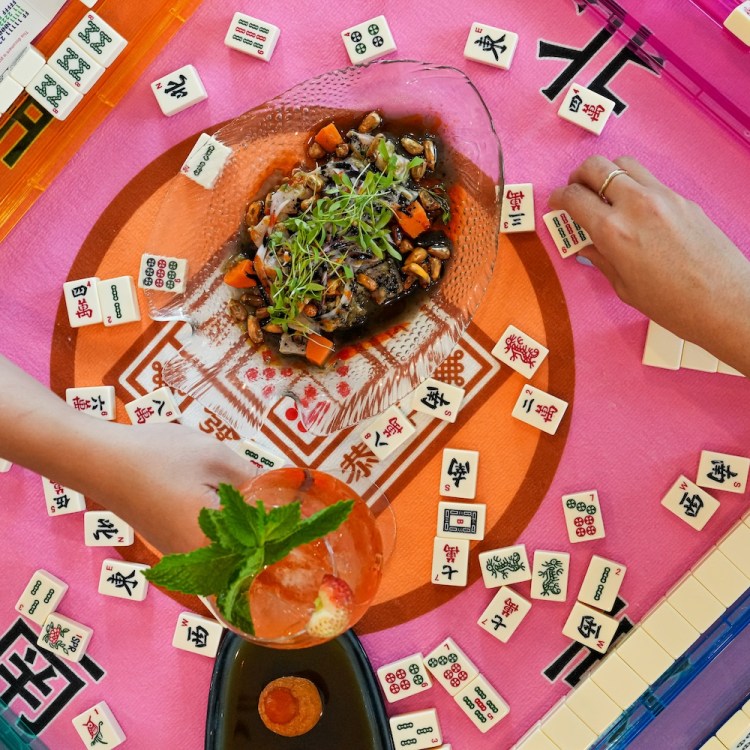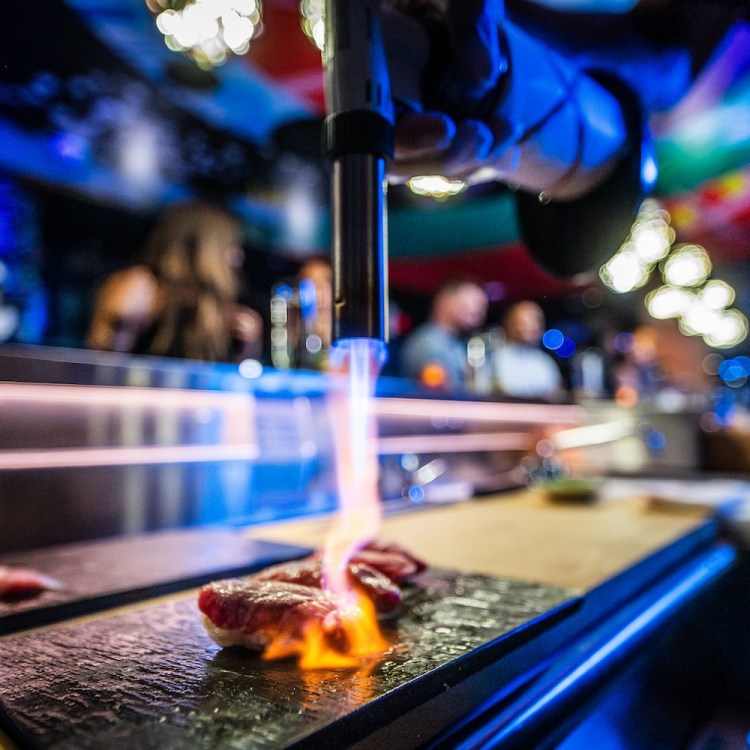In the Washington Post, January 7, 1982, there is an account of the unfathomably named Richard Hamilton Herrud Houghton III. Reportedly decked in khakis and polished penny loafers, blond hair and blue eyes, he was a Georgetown junior at the time. Every Friday night, he would head to The Day Lily, a red and gold velvet-walled Chinese restaurant, a seedy spot that would seem beneath his social class. However, if it was dead all week, on the weekends it would become The Chinese Disco, or “Chidi,” a packed spot where he would dance the shag to beach music and flirt with local coeds — it was then the epicenter of Washington DC’s preppy playground.
“It’s still a lot like a frat party, except now, because of the recent prep craze, you might see a Marine or someone from [the bar] across the street just because it’s cool to be prep,” explained another suffixed partier, Jean-Charles Dibbs III, then a barely-legal Republican political aide. “A good percentage of the people you see here never even went to prep school.”
If the Ivy League “look” had been around since the early 20th century, with a true scene emerging by mid-century, it would be mainstreamed into preppy culture by the start of the 1980s. Though Lisa Birnbach’s iconic 1980 Official Preppy Handbook was meant to lampoon the aesthetic, it instead galvanized it, and, just like the early-aughts Brooklyn hipster movement, all irony was soon stripped away.
Nowhere was that more evident than in our nation’s capital, which was uniquely positioned to become America’s preppiest party city of the era. For one, its geographic location straddled the line between the prep schools and Ivy League institutions of the northeast, while also having a foot in the South with its fratty gentlemen and sorority belles. If by the 1980s New York was going new wave and hip-hop, club kids and cokeheads, in Washington, DC, a melting pot of fledgling lawyers, bankers and politicos still enjoyed dressing up in boat shoes, blue blazers and Brooks Brothers button-downs to hit the town.
“Remember in the 1980s, DC wasn’t doing well,” says Alana McGovern, a Georgetown alum who wrote about the neighborhood’s bar scene over the years for a project entitled Booze to Bougie. “There was high crime, a lot of drugs, prostitution — Georgetown was where the going-out scene ended up being simply because the rest of the city wasn’t as nice.”
A one-square-mile neighborhood of cobble-stone streets and stately, federal-style homes centered around the intersection of Wisconsin Avenue and M Street, Georgetown nonetheless boasted more than 115 liquor licenses in an approximately 10-block area. It would become gridlocked with cars “as far as the eye can see,” according to the New York Times, each and every Saturday night.
Washington’s weird territorial placement in the American firmament also played a key role in the bar scene that emerged.
“While Maryland raised its drinking age to 21 in 1982 and Virginia did the same in 1985, the District of Columbia held out,” wrote Hunter Main for The Hoya — Georgetown University’s student newspaper — in trying to explain the era. “This brought a huge influx of teenagers from the DC suburbs to Georgetown on Fridays and Saturdays that, when combined with the sizable university population, led to swells of 20,000 to 30,000 patrons, many of whom travelled by car, during the nighttime.”
Chidi had been opened as this youthful preppy scene was just beginning to emerge, in 1976. Two recent college grads, Nicky Williams and Buff McDonald, asked The Day Lily’s aging owner, Jim Chin, if they could start renting his restaurant for Friday night parties. No one was coming to his restaurant any way, so Chin figured he had nothing to lose. Quickly, Williams and McDonald’s bashes, based on a Myrtle Beach frat-boy aesthetic they had grown up on in the South, were a sensation, packed with men in blazers and women, according to WaPo, who pronounced “daddy” as a three-syllable word.
“The people that come here are from good families,” explained one Chidi-goer at the time, differentiating them from the non-preppy riff-raff. “They go to good colleges or have good jobs.”
If Washingtonians mostly only drank at restaurants, hotels, social clubs and high-society parties previous to 1980, that was about to change, and quickly. Likewise, if in the 1970s, Georgetown was mostly known for its thrift stores (such as Commander Salamander), record shops and even a disco bar called Tramps, that too was in flux. Channeling the immense popularity of Chidi, a so-called “circuit” of preppy bars soon dotted the neighborhood, giving the pastel-clad a place to party virtually every single night of the week.
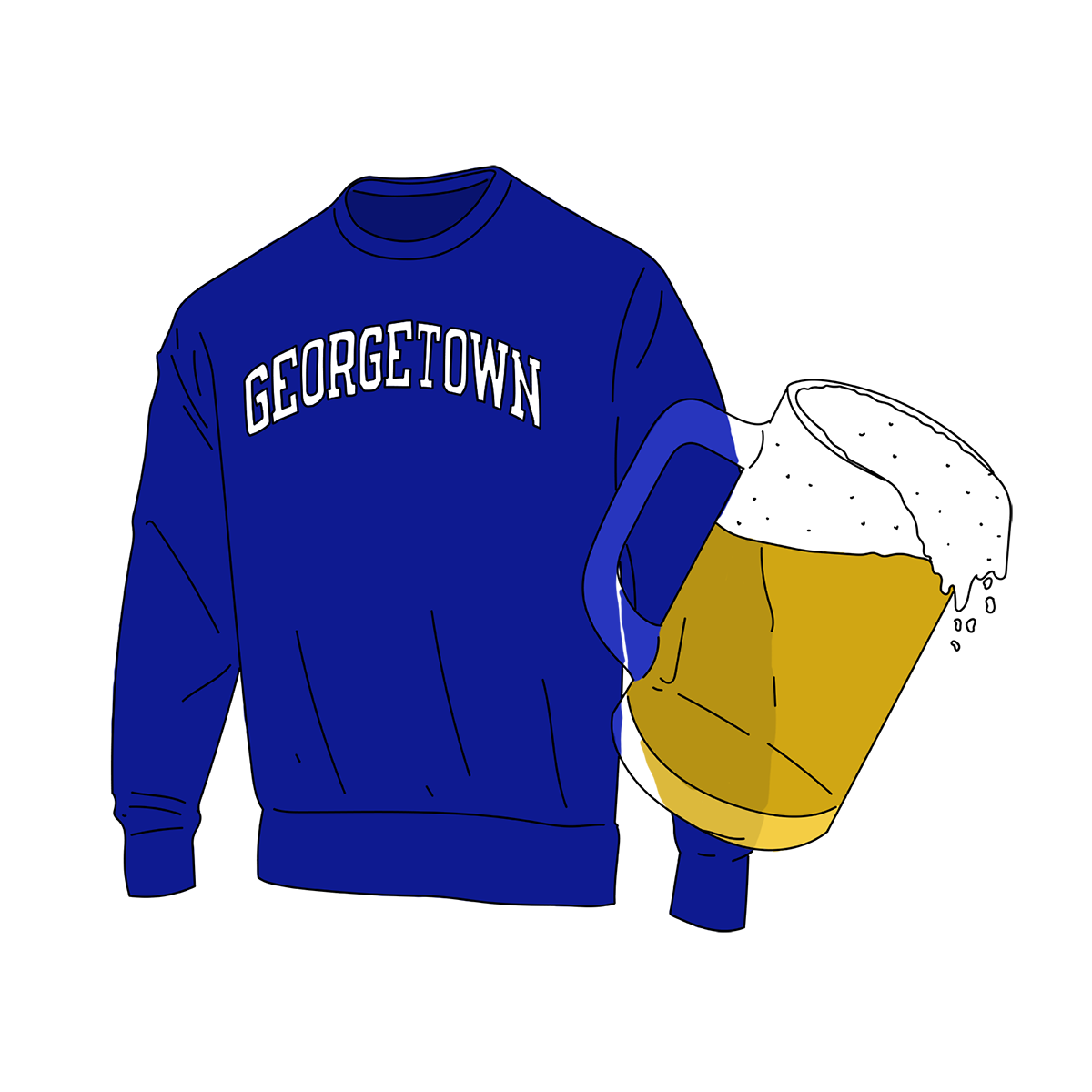
Tuesday’s was Pendleton’s or Chadwick’s, a K Street joint located under Whitehurst Freeway known for its hamburgers, cheap beers and late-night hours. Thursday’s was E.J. O’Riley’s Pub, opened in the late-1970s by two Georgetown alums — one who owned an old warehouse, the other who simply had a catchy Irish name. “A very civil place” six nights a week according to a 1978 Hoya article, the only exception being thirsty Thursdays, when the preppies would invade en masse to Carolina shag — a dance descendent of the jitterbug — and “drop trou,” a supposed mating ritual endemic to an era when sexual harassment didn’t exist.
“Sometimes we take our pants off and it really bums people out,” claimed James Muggy (Mike) Smith, a self-proclaimed “filthy rich” kid who was wearing a pink-and-green plaid bow tie and pink sweater when he was interviewed in yet another 1982 WaPo article on the scene. “We wear our boxer shorts and some say ‘Oh, my God, who are these guys?’”
Occasionally on Wednesdays and always on Saturdays, the premier preppy spot was The Third Edition, or Thirds, a casual, wood-paneled restaurant opened in 1969 that in the evenings would become a nightclub full of Georgetown and George Washington students. “Bros in polos and hungry clubbers start the night with massive plates of Irish nachos before climbing the stairs to the hot and heavy dance floor,” wrote one review. Meanwhile, the bar’s upstairs, outdoor patio was a tiki bar complete with kitschy totems. It was the “spot” to be on Sunday nights.
By 1982, preppy partying in our nation’s capital was reaching a fever pitch, with limousines crawling down M Street and bars packed eight-deep as people queued up for drinks. Brett Kavanaugh’s infamous hand-scrawled calendar even detailed his goings-on during that crazy summer, when he was a year away from graduating from Georgetown Prep in nearby Bethesda. When he wasn’t pounding keg beer on the Maryland shore, the future Supreme Court Justice could be found pounding “[brew]skis” at underage bars and house parties, according to his handwritten notations.
“On weekends, Georgetown is Washington’s front porch,” wrote Leslie Berger in yet one more 1982 WaPo nightlife article. She noted that by now the 100-plus bars in the neighborhood were starting to rankle the older, upper-crust residents with to their boisterous partying. It wasn’t all preppies, of course. There were family restaurants, jazz clubs, punk bars and average joe-type dives, many frequented by Marines from the nearby barracks. There were also the more restrained, upscale clubs like Pisces Club, Charlie’s Georgetown and F. Scott’s for the preppies who had aged out of their old college favorites.
In the early fall of 1983, J. Paul’s opened to much fanfare, a two-level bar uniquely built for preppies. Modeled after turn-of-the-century Chicago taverns, it offered a 50-foot-long bar, gold-painted ceiling, solid oak floor and elevator doors repurposed from Manhattan’s Waldorf-Astoria. The spacious bar offered martinis and Sinatra music, while a preppy look acted as the cover charge.
“There are a few prerequisites [for entry],” wrote WaPo. “A rich tan (and we’re not talking about the Q.T. type); blond, dirty blond or light brown hair; a polo shirt with some sort of animal or mammal applique; a pair of madras pants or Bermuda shorts; and your name on the Britches mailing list for its new fall collection.”
But it was Clyde’s that the Official Preppy Handbook would list as their “definitive prep bar” for the DC area. “An American Bar,” according to its marquee’s subtitle, it opened in 1963 in a former motorcycle hangout as the first full-sized bar in the District since Prohibition. It offered an onyx bar top, hexagonal white tiles on the floor, checkered tablecloths, draught beer and burgers. In the early days, all gentlemen had to wear a coat and necktie. By 1980, WaPo was offering a laundry list of the clientele to expect there:
“Mt. Vernon College girls in Pappagallo shoes, McMullen blouses, Villager skirts and Liberty sweaters; Georgetown Foreign Service School types in some of the first Gucci shoes and Paul Stuart suits seen in Washington: tousled Irish Catholic kids in jeans and tweed sportcoats, whose great regret in life was not being old enough to have gotten drunk with Dylan Thomas at the White Horse in Greenwich Village.”
The scene was burning so bright, however, that it couldn’t possibly last forever. In 1985, The Third Edition exterior acted as the stand-in for the titular St. Elmo’s Fire bar in the Joel Schumacher film about recent Georgetown graduates. The interior, meanwhile, was more inspired by another preppy haven popular with college kids, an underground spot called The Tombs. In its script, St. Elmo’s is described as a “P.J. Clarke-like bar/restaurant,” a reference to Manhattan’s iconic preppy paradise. Admittedly, the quiet Wendy Beamish (Mare Winningham) is the only real preppy in St. Elmo’s Fire (described as “a sweet-faced, insecure preppy” in the script) as Alec Newbury (Judd Nelson) has advanced into more of a mid-1980s yuppie with his slick hair and Gordon Gekko-esque contrast-collar dress shirts.
That same year, WaPo was already pointing toward Georgetown’s end days, and they weren’t even aware of the looming crack epidemic which would cripple the city and turn it into the nation’s murder capital. Nor the fact that an endorsement from then-Mayor Marion Berry would make September 30, 1986 the final day 18-year-olds could legally drink in Washington.
By the 1990s, Georgetown had, like most of America, entered into a grunge period, with alternative music blasting out of the doors at rock clubs like Poseurs. “The Georgetown bar culture was filled with much more than loafers, gingham, pleats and shoulder pads,” wrote McGovern. By the 21st century, Georgetown bar culture was dying as students began going out in the Adams Morgan neighborhood instead. Georgetown was getting overrun by high-end national retailers, movie theater chains, luxury hotels and cupcake shops, though a few bars had managed to hang on into this century.
“[My friends] and I were pretty upset about it closing,” noted one Georgetown junior in reference to Chadwick’s, which shuttered before the new school year of 2014, by now famous for its cheap and unlimited champagne brunches, a preppy mecca until its final days. “It was kind of like Tuscany in that everyone had to go there at least once.”
In 2014, The Third Edition became El Centro, an upscale Mexican restaurant. While Chinese Disco had long since moved locations to Prospect Street NW, even it would close in 2018. J. Paul’s would close a few months after that, “marking the end of an era,” according to Eater.
“While I’m sad to see eras end, Georgetown is due for another chapter,” said Georgetown restaurant broker Bill Miller at the time.
As for Richard Hamilton Herrud Houghton III, that original WaPo article is literally the only time his full formal name would ever be mentioned in the annals of American journalism. But he didn’t fall off the face of the earth. He got a Bachelor of Science in Foreign Service at Georgetown and a law degree from Catholic University. By the aughts, now known simply as Richard H. Houghton III, he was serving as Acting Country Director of the International Republican Institute in Baghdad. According to Salon, the American diplomat now sported short trousers, a large tattoo and spoke Arabic — he was anything but a preppy.
Then again, no one in Georgetown is these days either.
“Honestly, I thought it was going to be very preppy [before I moved there] and I had my Lily Pulitzer skirts ready, but no one was really preppy any more,” says McGovern, who started at the university in 2013. “Georgetown is a multicultural and international hub now — which I think is a positive thing.”
This article was featured in the InsideHook DC newsletter. Sign up now for more from the Beltway.
